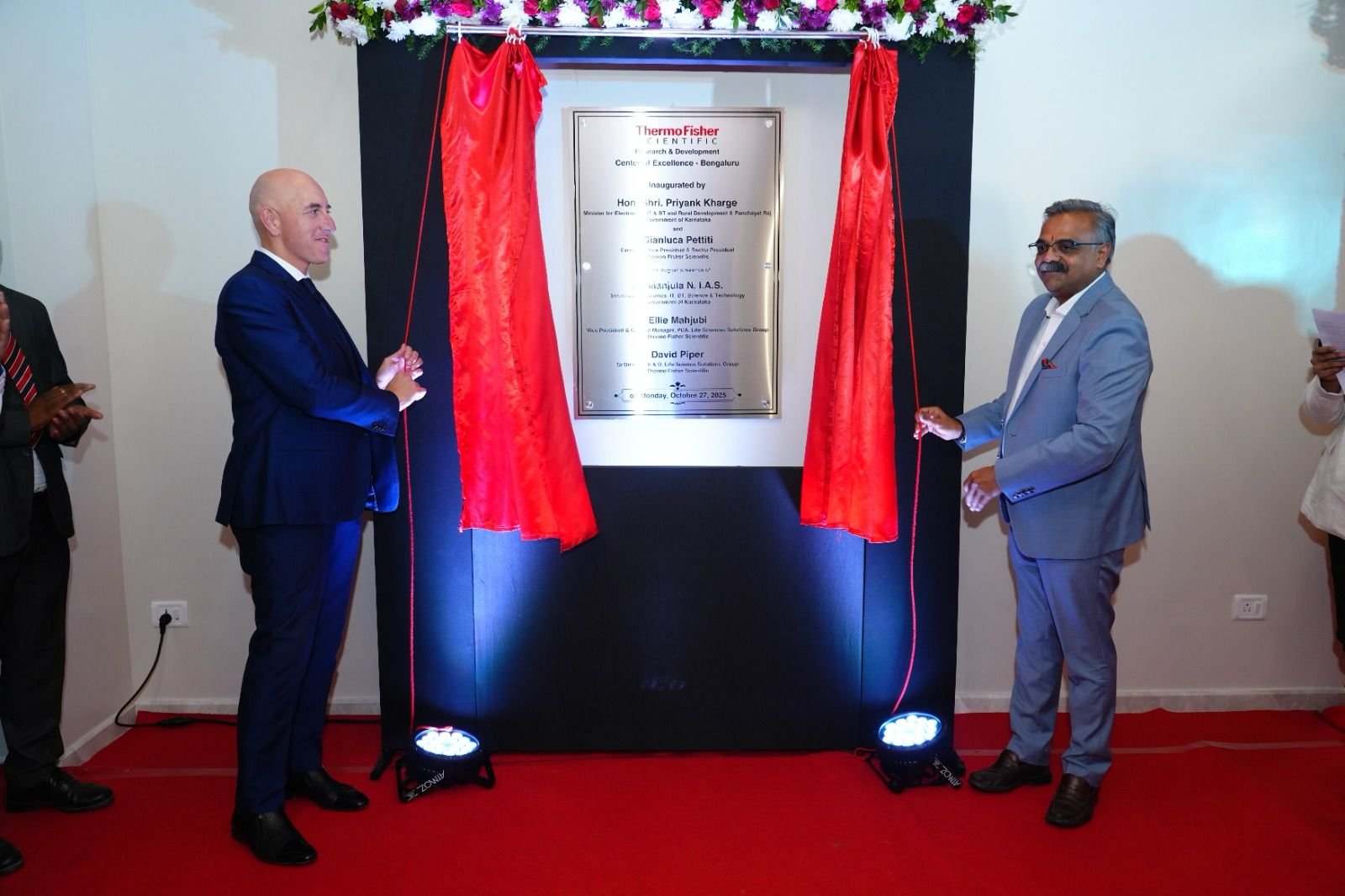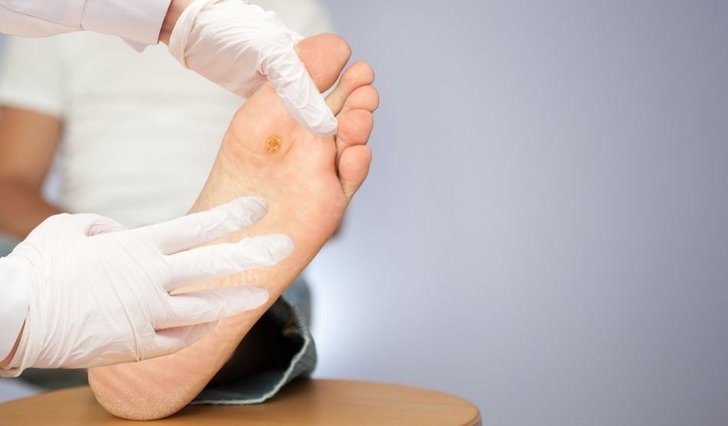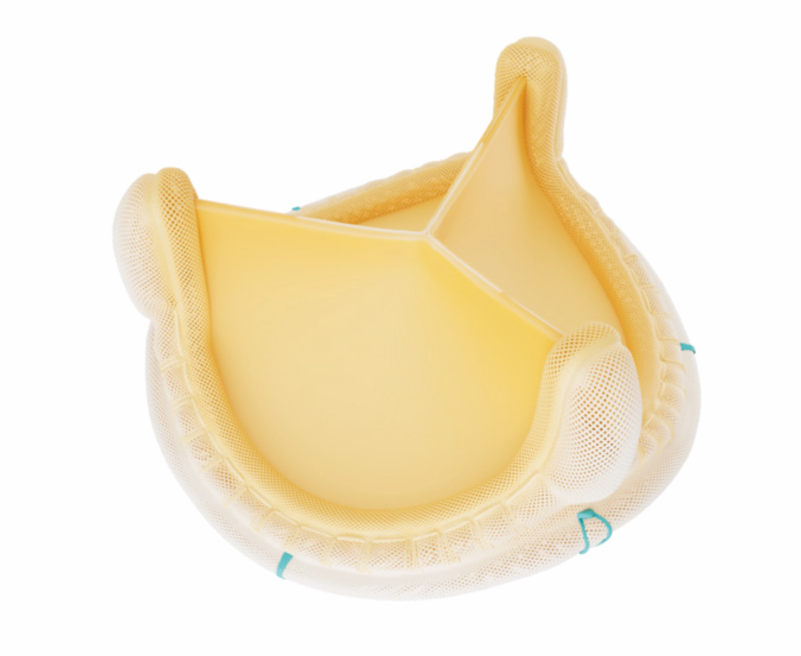IME Medical with Amor enters into development cooperation
October 11, 2018 | Thursday | News
Joint optimization of groundbreaking resorbable medical device for treatment of full thickness wounds in oral cavities
Medical Technology company IME Medical Electrospinning, developer, producer and scientific partner in the field of biomedical electrospinning processes and equipment, announced that it has entered into a new collaboration with Amor (Suzhou) Medical Sci-Tech Co., Ltd. of Jiangsu Province, P.R China, a new Sino-Foreign joint venture founded in 2017 by a team of business leaders from the People’s Republic of China and a team of scientists from the University of Freiburg in Germany to provide systematic regenerative medical solutions.
The collaboration aims at optimizing Amor’s production of a novel resorbable Medical Device Class III product for the treatment of full-thickness wounds in oral cavities.
Amor (Suzhou) Medical is on the path of becoming a leader in tissue regeneration in China, Europe, US and Asia by developing and placing its novel resorbable implant product, an invention originating from the University of Freiburg/Germany, in the respective markets.
IME has set the worldwide standard in the co-development and production of scalable and reproducible nanometer and micrometer scaffolds that enable scientists to develop medical implants, helping the human body to repair itself, such as heart valves, blood vessels, nerves, tendons, skin and bone.
Recently the company commissioned its brand new high-end GMP Laboratory and set of cleanrooms. With this IME is now able to not only develop and manufacture its top-end proprietary electrospinning machines but to also produce the actual scaffolds for the intended medical implants for their customers. The cleanroom facilities enable the production of Class I, II and III medical devices.
IME's technological solutions are able to mimic the natural human extracellular matrix for implants in the human body in nanometer and micrometer format, applying specific polymers. Human cells attach to this matrix leading to new body tissue. This is in contrast to implants of traditional structures, which are seen as foreign and therefore can lead to scar tissue or rejection phenomena.









